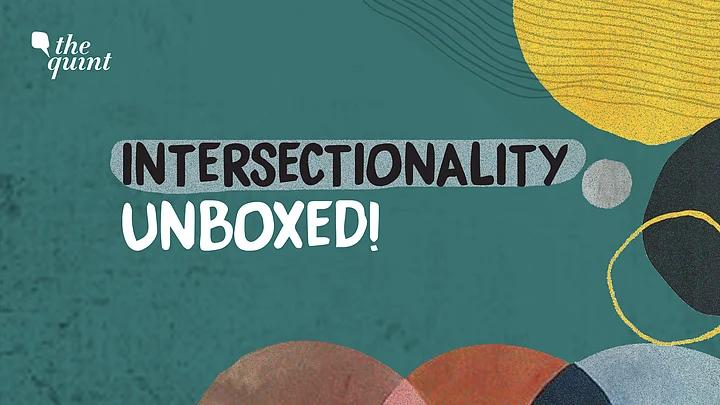As America protests racial discrimination and police brutality amid a pandemic, debates have surfaced yet again on whether or not naming the movement ‘Black Lives Matter’ is justified – with suggestions of using ‘All Lives Matter’ pouring in from all corners. Many celebrities and influencers, even back home in India, have a thing or two to say about it and the latest influencer to join the bandwagon is YouTuber Dhruv Rathee, who in a video explaining the protests in America, made a comment about whether Black Lives Matter and even Feminism – as movements – should have more inclusive names. Well, we are here to explain why Dhruv Rathee and others who feel the same way, may need to rethink their words and focus on intersectionality.
Dhruv Rathee argued that if Feminism is for all, there should not be an inherent bias in the name of the movement, just like Black Lives Matter – questioning the use of the word ‘black’. He also added that if he started a movement, it would have a more ‘inclusive’ name. However, in making such a comment Rathee has ignored the cultural and social underpinnings of these movements which rationalise them. Movements such as Black Lives Matter and Feminism – ultimately aimed at ending the oppression and discrimination against people of colour and women – represent intersectionality. These movements were born out of the need to fight for equal rights of the most marginalised and oppressed, and to bridge the divide between the privileged and the oppressed. The name, therefore, is significant and represents the oppressed who are still fighting for equality.
What is Intersectionality?
Intersectionality is basically the cumulative way in which people, especially those from the marginalised communities, face multiple forms of discrimination that combine, overlap or intersect, creating a completely different experience. When different forms of discriminations overlap, they don’t add, but multiply.
Kimberlé Crenshaw, a civil rights activist and legal scholar, who coined the term Intersectionality, took the example of a black woman, who would often get left out of the traditional feminist movement and the anti-racism movement.
It has now been expanded to include several marginalised communities, and in India, these include people discriminated on the basis of gender, caste, class, religion and sexuality.
Here are some ways in which Intersectionality plays out in society. Let’s take sexuality as an example. A person who identifies as queer will have very different social experience from a straight person, and is also likely to face discrimination because of their sexuality. Now to this, add the intersection of gender. Even within the queer community, the experiences and discrimination faced by queer women will be very different from the experiences and discrimination faced by queer men. With each new intersection, the experiences and oppression faced by marginalised communities becomes more complex and takes on a completely new identity.
Feminism and Intersectionality
Feminism stands for equality for all, excluding no section of the society. In an ideal world and a level playing field, we’ll all have the same rights, but at the moment we are not at the same starting point, and not everyone faces oppression on the basis of their gender. Feminism started as a movement to address and abolish gender inequalities and suffrage for ‘females’. It then expanded to address cultural inequalities, gender norms and role of women in the society. Today, Feminism has evolved and best understood as intersectional, to include the most diverse and marginalised groups across the spectrum.
Black Lives Matter
To understand the importance of the name of the movement, one needs to know what it stands for – fighting centuries old racial discrimination and systemic oppression of the black in the United States of America. Those arguing that the movement should be called ‘All Lives Matter’, which is stating the obvious and is well-intentioned, must know that it dilutes the fight of an oppressed community, because remember that not ‘All Lives’ face discrimination on the basis of the skin colour. And at no point does ‘Black Lives’ mean ONLY ‘Black Lives’ matter. It’s not a matter of ‘only’ but ‘too’ – that Black lives matter too. But as Jeff Bezos put it in a letter to a customer arguing for All Lives Matter, as a white parent, he doesn’t worry that his son will be choked to death while being detained, but black parents can’t say the same.
Inclusivity in Equality
Equality can only be achieved when every and all sections of the society are heard, and given the same rights as you and me. What Intersectionality does is allow invisible sections within the marginalised communities to also have a voice. It is also important for those of us who are privileged to know that the rights of the oppressed and the marginalised is not coming at a cost to us. The so called ‘bias’ in the names of the movements like Feminism and Black Lives Matter, is there because those sections of the society have been deprived of their rights and now need to be heard.
(At The Quint, we question everything. Play an active role in shaping our journalism by becoming a member today.)
